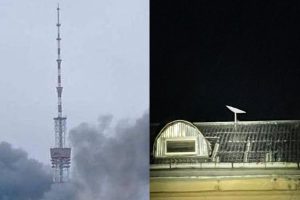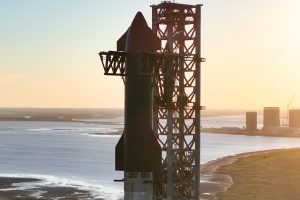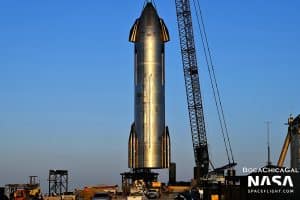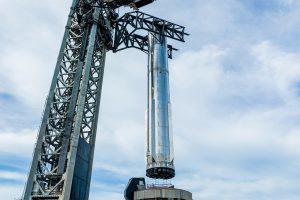Reuters reports that SpaceX has begun to shut down Crew Dragon capsule production after assembling a fleet of four reusable spacecraft, highlighting the company’s ever-growing desire to pivot to Starship.
According to SpaceX president and chief operating officer (COO) Gwynne Shotwell, who spoke with Reuters reporter Joey Roulette, the company has already ended production of new Crew Dragon capsules after recently completing a fourth operational spacecraft. Nicknamed “Freedom” by its crew, Dragon capsule C212 (Dragon 2 capsule #12) is scheduled to debut as early as April 19th and will ultimately ferry SpaceX’s fourth crew of government astronauts to and from the International Space Station.
However, while ending production of Crew Dragon might sound like a dramatic and unexpected move after less than two years of operational astronaut launches and undeniably hints at the company’s desire for Starship to take over, it’s not quite as jarring as it seems.
Above all else, Shotwell did not explicitly mention Cargo Dragon 2 production. It’s possible that there was a miscommunication during the brief Q&A and that a generic statement about ending production of all Dragon capsules was projected onto just SpaceX’s Crew Dragon variants, but the Reuters article strongly implies that only Crew Dragon production has been ended.
As of today, SpaceX only has two operational Cargo Dragon 2 capsules in its uncrewed fleet – both of which have already flown twice. Following a recent contract extension, SpaceX is scheduled to complete at least 11 more ISS cargo deliveries and recoveries by 2027 and while it’s possible that the company is confident enough to gamble that two Dragon 2 capsules can complete all 15 CRS2 resupply missions, a SpaceX engineer confirmed that at least one more Cargo Dragon is scheduled to debut in 2022. With three Dragons, that would at least give SpaceX the ability to confidently fulfill its CRS2 obligations even if one capsule is damaged or lost.
Meanwhile, Shotwell indicated that SpaceX would preserve the ability to restart Dragon production if the need arose – far easier said than done. At the same time, the company will still need to churn out at least half a dozen or so expendable Dragon ‘trunks’ per year and continue building a wide range of replacement parts. A substantial team will also be needed to refurbish and operate Crew and Cargo Dragons for as long as launches continue.
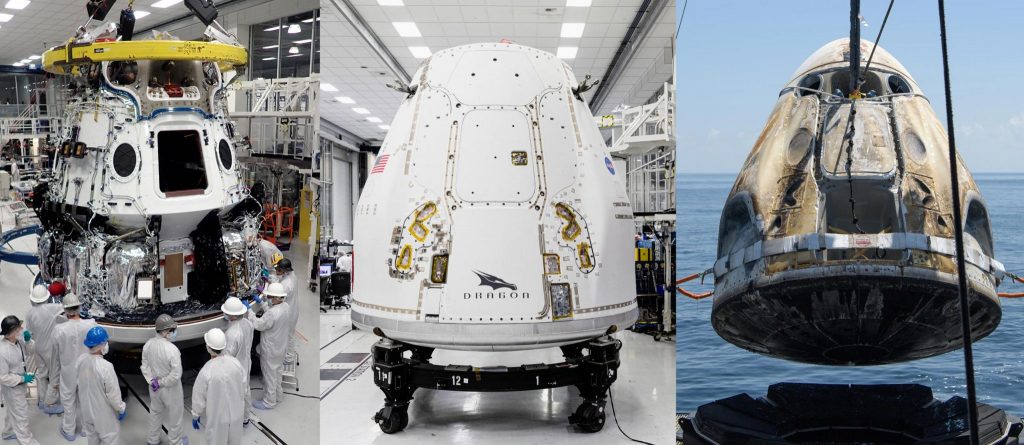

But by and large, the move to end Crew Dragon capsule production says one thing above all else: that SpaceX is chomping at the bit to redirect large portions of its Falcon and Dragon workforce to Starship development. If SpaceX can make it work, Starship – a fully-reusable two-stage rocket – could end up costing roughly as much as Dragon and Falcon per launch but its launch costs could also plummet to a magnitude less – all while offering a magnitude more space, performance, and capabilities.
Crew Dragon is currently used to launch four astronauts at a time. A single crewed Starship could have a habitable volume greater than the entire International Space Station and carry 40 astronauts into orbit inside it in a single launch. Cargo Dragon typically delivers about three tons (~6600 lb) of cargo to the ISS. A Cargo Starship could deliver dozens of tons in one go – more cargo space than NASA would know what to do with after decades sent under the tyranny of razor-thin mass margins.
NASA is likely the single largest individual investor in Starship after contracting with SpaceX to build a version of Starship capable of returning astronauts to the Moon for about $3 billion, meaning that the space agency will be intimately aware of and involved in the vehicle’s development over the next 5-10 years. It would only be logical to extract as much value as possible out of that investment and simultaneously revolutionize the transportation of cargo and, one day, astronauts to Earth orbit and beyond.
Unfortunately, there’s no real guarantee that NASA will actually do that, but SpaceX’s choice to end Dragon capsule production so early on makes it clear that the company is more than willing to prepare the groundwork for such a transition itself.


